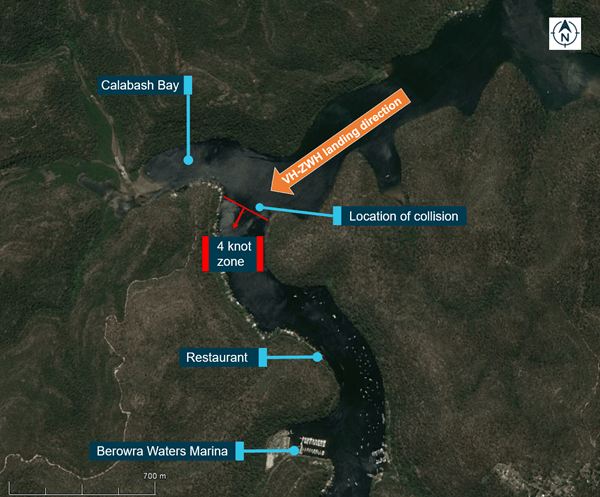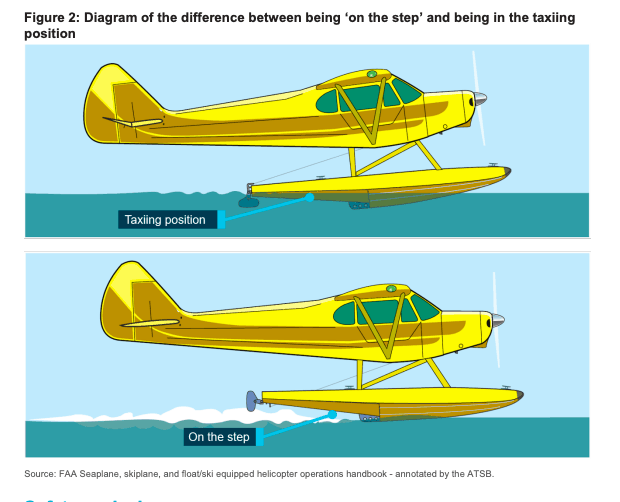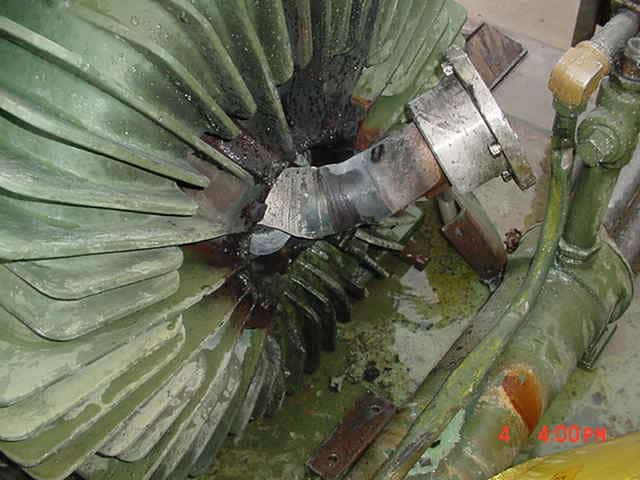Investigation of a Blind Spot Accident

An amphibious Cessna 208 Caravan aircraft, operated by Sydney Seaplanes, departed from Rose Bay on a charter flight to Berowra Waters, New South Wales (NSW) . . . with a blind spot emerging.
With the blind spot, the pilot and eight passengers literally did not see an accident coming. There was no damage to the aircraft or boat, and one person in the boat sustained minor injuries.
On June 29, 2019, at approximately 12:49 p.m. EST, an amphibious Cessna 208 aircraft, registered VH-ZWH, was traveling from Rose Bay to Berowra Waters, New South Wales (NSW), Australia. After the aircraft landed and was slowing down to taxi speed, the front left float of the aircraft bumped into a small stationary boat, due to a blind spot.

What the ATSB found
The Australian Transport Safety Board (ATSB) found that the pilot did not see the boat due to a combination of factors including the weather conditions on the day as well as the color, size, lack of movement, and location of the boat as it was positioned in the aircraft’s direct path.
What’s been done as a result
The aircraft operator has introduced the requirement for company pilots to maneuver towards the right side of the river to reduce the risk of a blind spot near the area of the collision. Also, as a standard operation, company pilots are to reduce the speed of the aircraft to an idle power taxi speed after landing, 100 m before the start of the 4-knot zone at Berowra. In addition, the company’s safety management system was updated to reflect additional post incident response requirements.
Lesson learned
This incident is a reminder of the importance of scanning and assessing landing areas for any potential hazards, and of the joint responsibility of both aircraft and marine vessels to see and avoid other aircraft/vessels operating on the water. When choosing an operating speed for any vessel or aircraft on the water, consideration should be given to any potential blind spots and areas where other vessels could emerge.
Source content/photo credit: Australian Transport Safety Bureau (ATSB) Report Aviation Occurrence Investigation AO-2019-030 Final – February 26, 2020.
Founded in 1988, the TapRooT® Root Cause Analysis System solves hurdles every investigator faces
TapRooT® Root Cause Analysis Training System takes an investigator beyond his or her knowledge to think outside the box. Backed with extensive research in human performance, incident investigation, and root cause analysis, TapRooT® is a global leader in improved investigation effectiveness and productivity, stopping finger-pointing and blame, improving equipment reliability, and fixing operating problems.
System Improvements and the TapRooT® System has a team of investigators and instructors with years of extensive training ready to offer assistance worldwide. We also offer ongoing support to our clients through free newsletters and root cause tip videos, the root cause analysis blog, and our annual Global TapRooT® Summit.
Register for a TapRooT® RCA Course
Register for one of our TapRooT® courses. We offer a 2-Day TapRooT® Root Cause Analysis Course and a 5-Day TapRooT® Advanced Root Cause Analysis Team Leader Course. Contact us or call us at 865.539.2139 about having a course at your site or for further root cause analysis training opportunities. We’re here to help you find solutions.



